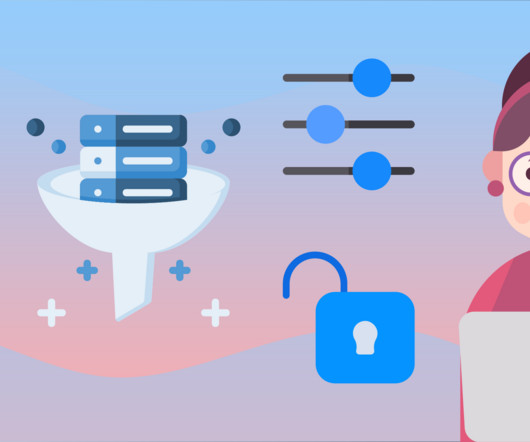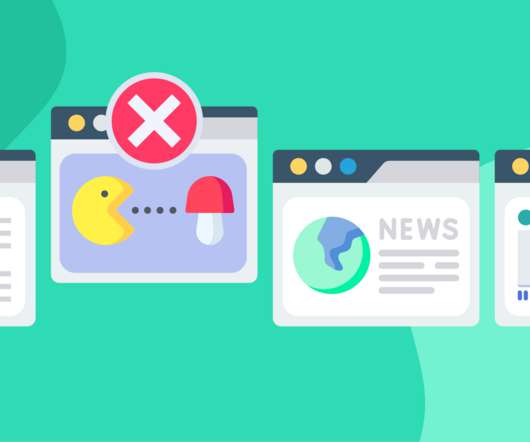Content Monitoring Tools Help K–12 IT Officials Patrol Internet Boundaries
EdTech Magazine
OCTOBER 3, 2018
Soon after Putnam County School District adopted GoGuardian internet content monitoring, it detected four troubled students making Google searches that were variations on the query “how to kill yourself.” The district is more interested in protecting students and their data than punishing violators of the acceptable-use policy, Harvey says.


























Let's personalize your content